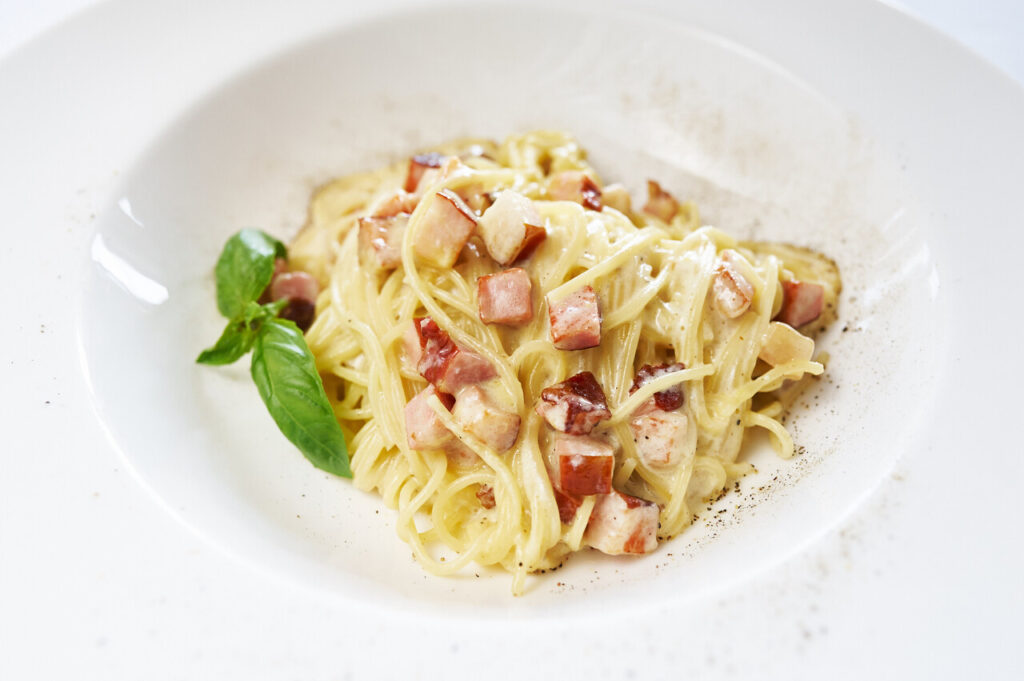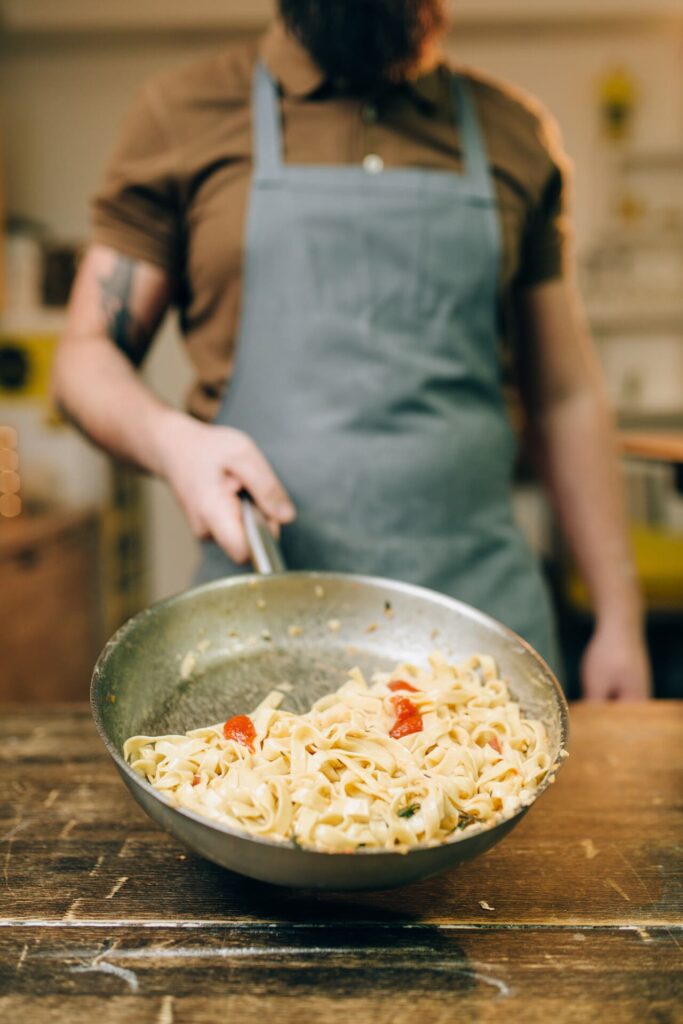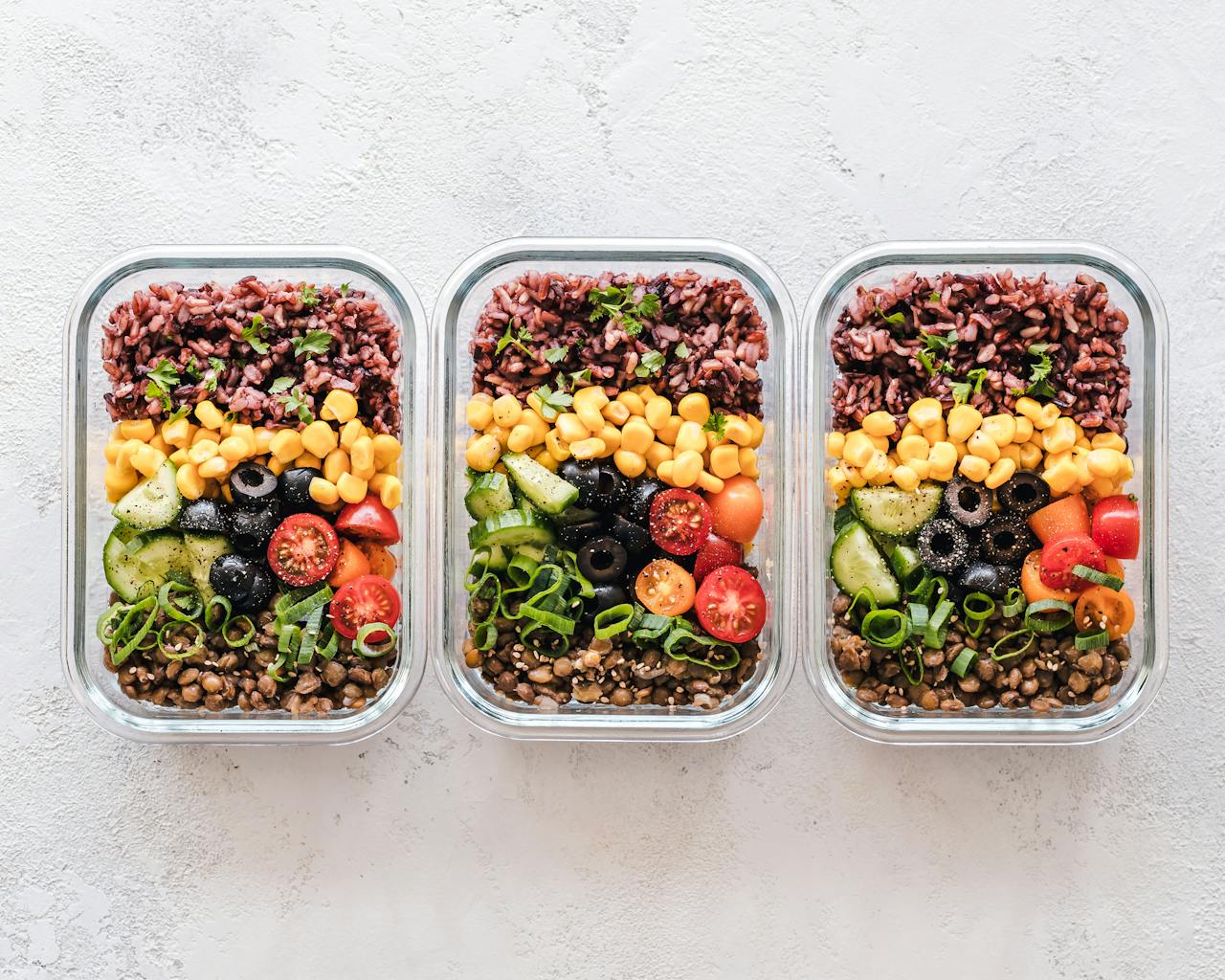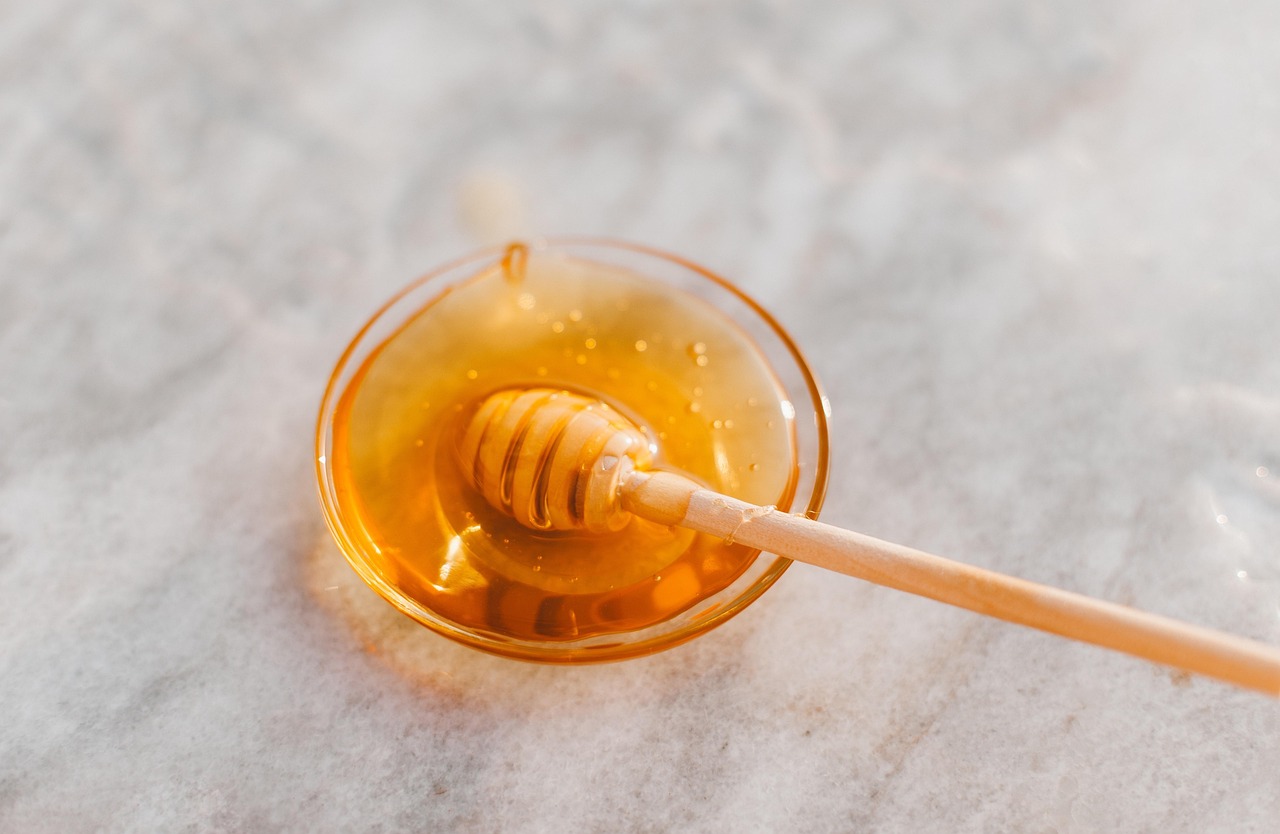Why Traditional Roman Carbonara Never Includes Cream

You hear this debate everywhere: is authentic carbonara made with cream? In Rome, the answer is an easy no. What gives carbonara its silky texture is technique, not dairy. When you understand how the dish evolved, the no-cream rule becomes perfectly sensible.
The traditional version relies on a few ingredients working together without shortcuts. Eggs, Pecorino Romano, black pepper, and cured pork are all you need. When cooked properly, the heat of the pasta transforms the egg and cheese into a luxurious sauce that requires no additional thickening.
Here’s the thing: Roman cooks have been doing this long before restaurant menus and online recipes complicated the conversation. To them, adding cream isn’t innovation; it’s fixing a problem that doesn’t exist. The technique is the heart of the dish.
So let’s break down why cream never belonged in the Roman original, where the real richness comes from, and how tradition shaped the dish into something that still feels timeless.
The History Behind the Original Recipe

Understanding why carbonara doesn’t use cream means understanding where it comes from. The dish didn’t begin with restaurants but with local Roman cooking shaped by access to ingredients and post-war necessity. Its identity was built around what the Romans had, not what modern recipes assume. The simplicity, balance, and clarity of those ingredients still define it.
Roman cuisine always favored intensity over complication, so carbonara grew out of a culture where each ingredient earned its place. There was no room for unnecessary additions, and cream would have competed with cheese and eggs instead of enhancing them.
Post-War Origins
Carbonara likely developed in the years after World War II, when American soldiers brought powdered eggs and bacon into the region. Roman cooks took those ingredients and turned them into something richer and more refined.
They didn’t need cream to create a sauce because the eggs themselves provided creaminess when mixed properly with the hot pasta and cheese.
A Dish Built on Local Identity
Roman cooking has always leaned on powerful cheese and cured meats. Pecorino Romano and guanciale were already staples, and they gave carbonara deep flavor before cream ever appeared in recipes.
Adding dairy later wasn’t tradition; it was an adaptation for diners unfamiliar with the method and seeking a thicker sauce without technique.
Why Cream Dilutes the Flavor

Once you understand the flavor profile of the original dish, the no-cream rule makes sense. Carbonara is intense, not muted. Each ingredient carries weight, especially the cured pork and Pecorino Romano. Cream softens both of those flavors, shifting carbonara away from what it is and into something richer but less distinctive. That’s not how Romans think about the dish.
Pecorino Romano Does the Heavy Lifting
Pecorino Romano is sharp, salty, and made to stand out. When combined with eggs and pasta water, it creates a creamy sauce naturally.
Cream would only tone down the cheese, making the dish milder and less true to what Roman cooks intended.
Technique Provides the Texture
The velvety texture comes from timing and heat control, not added dairy. When the egg and cheese meet the pasta at the right moment, you get something rich and smooth.
Cream became common in some global versions because home cooks struggled to replicate the technique, not because the dish originally needed it.
The Real Secret: Mastering the Method

The reason traditional carbonara works is that the technique is simple but specific. You don’t need cream because the sauce happens naturally when the elements meet at the right temperature. Proper execution is the soul of the dish, and Rome has been perfecting it for decades.
Heat Control Matters Most
The eggs should never scramble. The pasta needs to be hot enough to melt the cheese and thicken the eggs, but not so hot that it turns them into breakfast.
This control is why carbonara comes out creamy even when you’re only using cheese and eggs.
Ingredients Work as a System
Every element contributes something essential: pasta for heat and structure, cheese for body, eggs for silkiness, guanciale for depth, black pepper for balance.
Introducing cream disrupts that balance rather than improving it, which is why Roman cooks never saw a reason to add it.
Tradition Still Wins
Authentic Roman carbonara isn’t about rules for the sake of rules. It’s about history, ingredients, and technique working together. When you rely on the method rather than shortcuts, you discover why cream feels unnecessary. The dish already contains everything it needs to be rich, silky, and satisfying without changing what makes it distinctly Roman.







